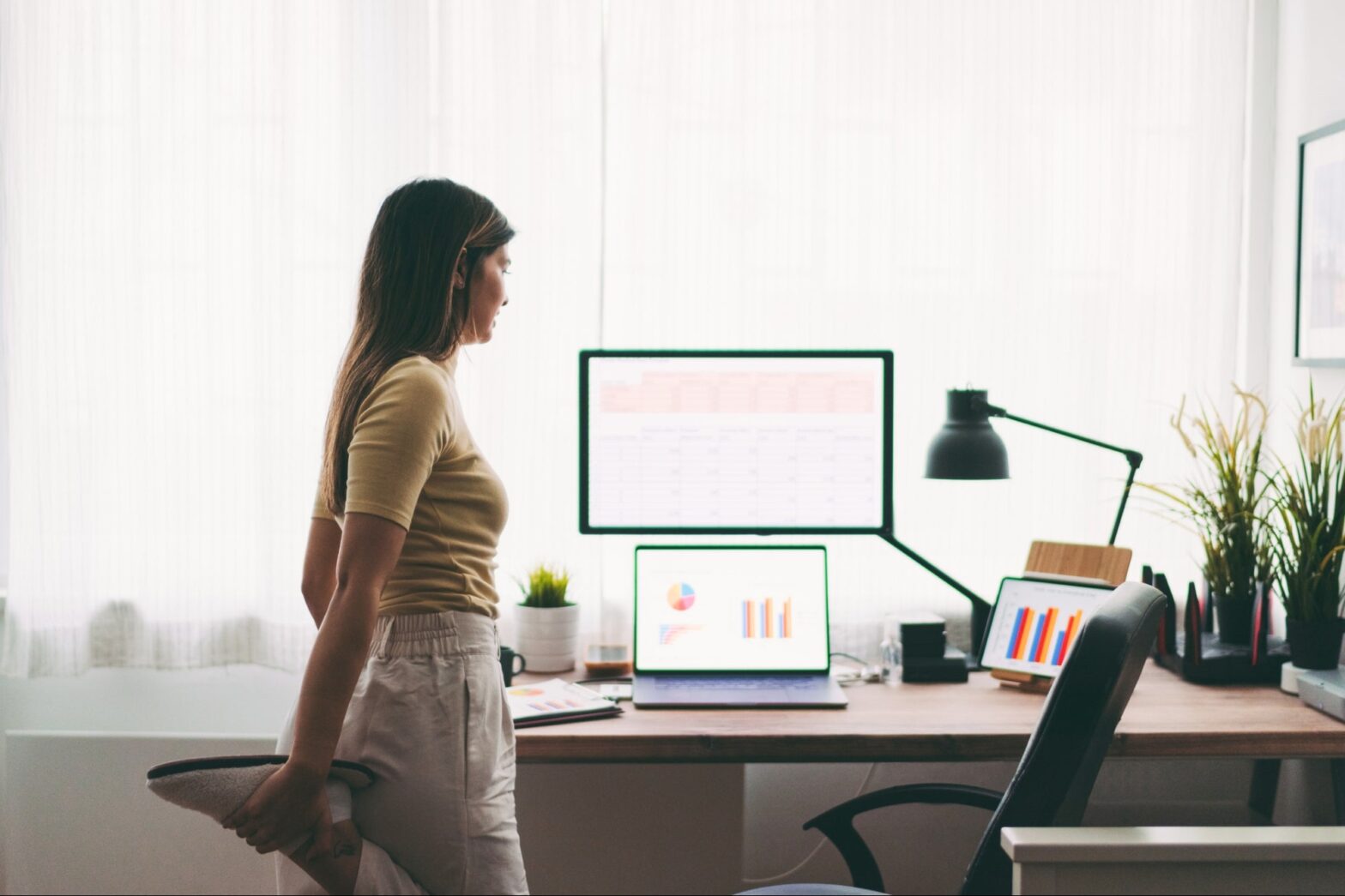4 Habits to Recharge Your Digital Stamina as a Busy Entrepreneur
The past two years have severely tested our digital stamina. Suddenly digital was responsible for it all — work, communication, networking, kids’ birthdays, you name it. On the outside, it seemed like digital productivity had surged. In reality, we’ve been going through an experience that Microsoft described as “high productivity masking an exhausted workforce,” with burnout affecting up to 76% of employees, leaders and entrepreneurs.
A lot like cholesterol, I’ve noticed that productivity comes in two forms: “good productivity” and “bad productivity.” And a lot of the “bad” or toxic productivity in our work lives is related to the mishandling of digital stamina — that delicate balance between the digital intellect and human endurance.
As an entrepreneur who runs a SaaS company, I’m deeply invested in digital technologies but am an equally outspoken advocate of digital wellbeing. Here are some habits that help me and my team foster digital stamina, and bring back the good productivity into our work life.
Invest in digital monogamy
Psychologist James Hollis said that important decisions should be made based on a key question: “Will this choice enlarge me or diminish me?” Selecting digital tools for myself or the team, I ask a similar question: will this technology enlarge our energy resources or diminish them?
For example, we revisited our technological stack and made sure all office, remote and hybrid workers were on the same page. I also carefully listened to feedback and discussed what digital solutions hindered productivity or our mental health. As a result, communication glitches went down compared even to pre-pandemic times, urgent information never went missing and our global team was literally on the same page — from product development to daily meetings, team building and even chill-out time.
The lesson extends into all digital relationships where entrepreneurs want to enlarge (and as a result, conserve) energy. Regardless of whether you’re a solopreneur or a team, for digital wellness, one is often better than two. Redefine your technology stack, listen to feedback and capitalize on integrative technologies that tick multiple boxes.
Become an experiential learner
Experiential learning, unlike the traditional learning model rooted in theory, thrusts the learner into a practical learning milieu. It embraces hands-on experiences, critical thinking, problem-solving, and emotional intelligence — skills characteristic of entrepreneurial leadership.
Experiential learning isn’t about what you learn — that can be anything from a foreign language to MVP development — but how you learn it. Some of the experiential learning hallmarks are problem-based learning (honing a skill through solving a particular real-life challenge), hands-on practicums, community learning and mentorship. What’s in common between all these models is live experience exchange and empowerment.
How does this relate to digital burnout? Both leadership experience and research show that we are at our healthiest and happiest when challenged by complex yet fulfillable tasks in a supportive community setting. Experiential learning challenges entrepreneurs to grow in new directions while shifting the focus from the digital intellect to the development of personal IQ and EQ.
Lean into adaptive planning
It’s widely accepted that time invested into planning is time saved on execution. But to snatch back those lost hours, heal from digital exhaustion and mentally realign with long-term goals, entrepreneurs need to be good at more than building a daily agenda.
Adaptive planning works best in the so-called “BANI” (Brittle, Anxious, Non-linear, Incomprehensible) environment we have in 2022. Applicable in multiple fields from software deployment to project management to employee management, adaptive planning is a mindset that prioritizes situation-driven, collaborative solutions that eliminate challenges instead of masking them, including with technology.
For example, when digital burnout took over the world in 2020-21, our teams found productivity checkmated between “checkered-pattern” online meetings (30-min. meetings followed by 30-min intervals) and work-at-home realities. Regular top-down planning would have me blame crisis realities and keep things under rigid executive control. An adaptive planning mindset inspired our distributed team to openly communicate problems, coordinate personal schedules and form a flexible agenda that prevented burnout, improved mental health and productivity.
Start an all-new routine in 66 days
Most entrepreneurs would argue that we don’t have time for introducing new routines into overstacked schedules. To this I always say that we’ve got about 120 hours per week that we spend awake and giving two or three to a new routine, like physical activity, isn’t much.
As the body’s natural biochemical energy source, sport is an antidote to digital burnout. When I do triathlon training after a workday spent running a tech company, I’m not preparing for the Ironman race. The hour I spend taking care of my body lets me fit in another couple of hours of work in the evening (priceless for entrepreneurs), without the otherwise inevitable sensation of digital exhaustion. But it’s not just me. In 2022, our company is investing in reimbursing the team on fitness and gym subscriptions, precisely because we know that digital proactiveness can only work hand in hand with digital wellness.
Take advantage of the fact that it takes only 66 days to turn a new routine into a habit. So whatever detox routine you start doing today — whether it’s physical (exercise) or mental (e.g. meditation, journaling, a creative hobby, a new hard or soft skill), this dedication won’t merely help you unplug digitally but will make your life more meaningful and productive — in the only worthwhile sense of the word.
